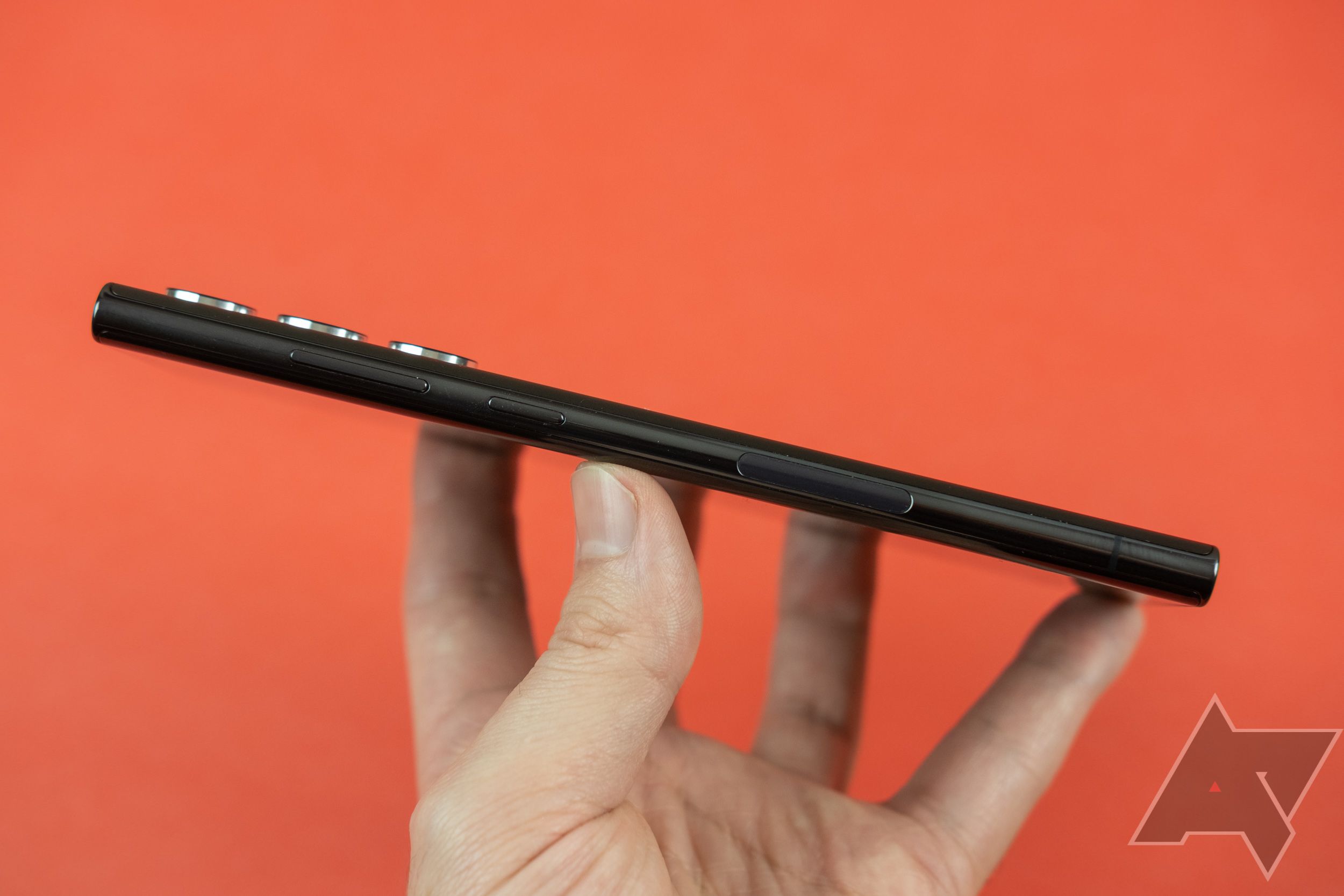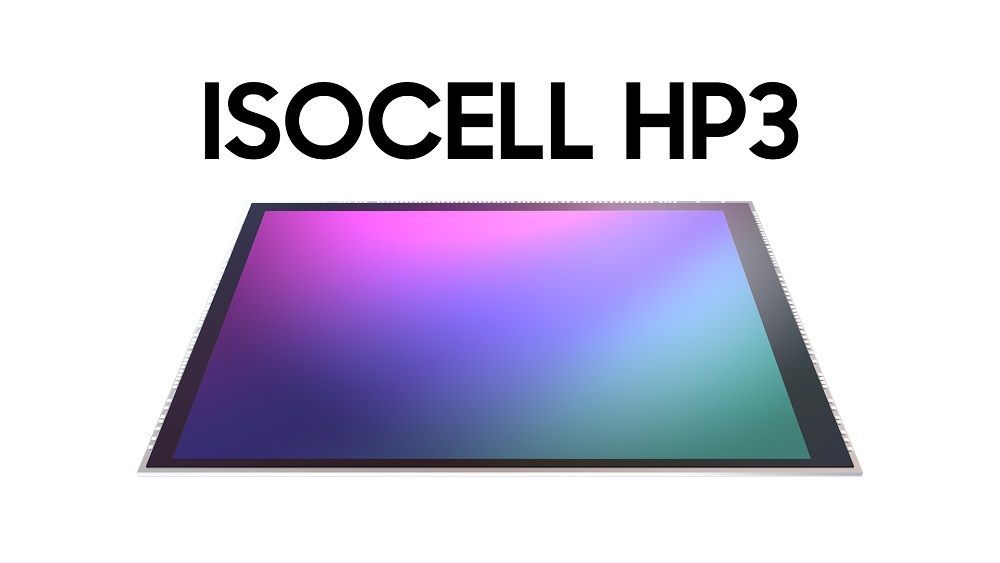Samsung is a towering figure in the mobile industry, and more than just making phones itself, it produces the hardware components that go into phones — like their camera sensors. The company took the wraps off its 200MP ISOCELL HP1 image sensor last year, and we should start seeing it in phones very soon. But ahead of that getting here, the South Korean manufacturer has already unveiled its latest 200MP image sensor, the ISOCELL HP3.
The name of the game here is "shrinking things down," and the HP3 has a pixel size of just 0.56μm, which is 12% smaller than on the HP1. That leads to an overall reduction in size, and this 1/1.4-inch sensor is 20% smaller than its predecessor, which should help companies building phones around it slim down their camera packages. The ISOCELL HP3 offers improved HDR performance while enabling faster auto-focus, and can capture 50MP photos (1.12μm pixels) using 4-to-1 binning, while 16-to-1 binning results in 12.5MP images (with effectively 2.24μm pixels). Overall, this should translate to significantly improved low-light performance.
The new image sensor includes Samsung's Super QPD auto-focus system, which uses a single lens over four adjacent pixels to identify phase differences in vertical and horizontal angles — all you should be concerned with is that this promises faster and sharper focus.
The ISOCELL HP3 supports 8K video recording at 30fps, and 4K videos at 120fps. Working in tandem with the new Super QPD tech, Samsung claims this image sensor is capable of movie-like cinematic quality.
The manufacturer talks about the inclusion of Smart-ISO Pro, which brings together data from low, mid, and high ISO modes for improved HDR imagery, with support for more than 4 trillion colors (14-bit depth), which is 64x better than the ISOCELL HP1.
While this feature set certainly looks promising, we're not anticipating the use of the ISOCELL HP3 sensor on a commercially available smartphone anytime soon — we still haven't seen gotten our first phone with the HP1 image sensor. That means we may have to wait until at least 2023 or beyond to see what the ISOCELL HP3 can do in a flagship Galaxy smartphone.


